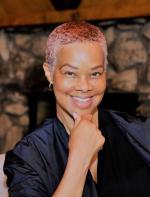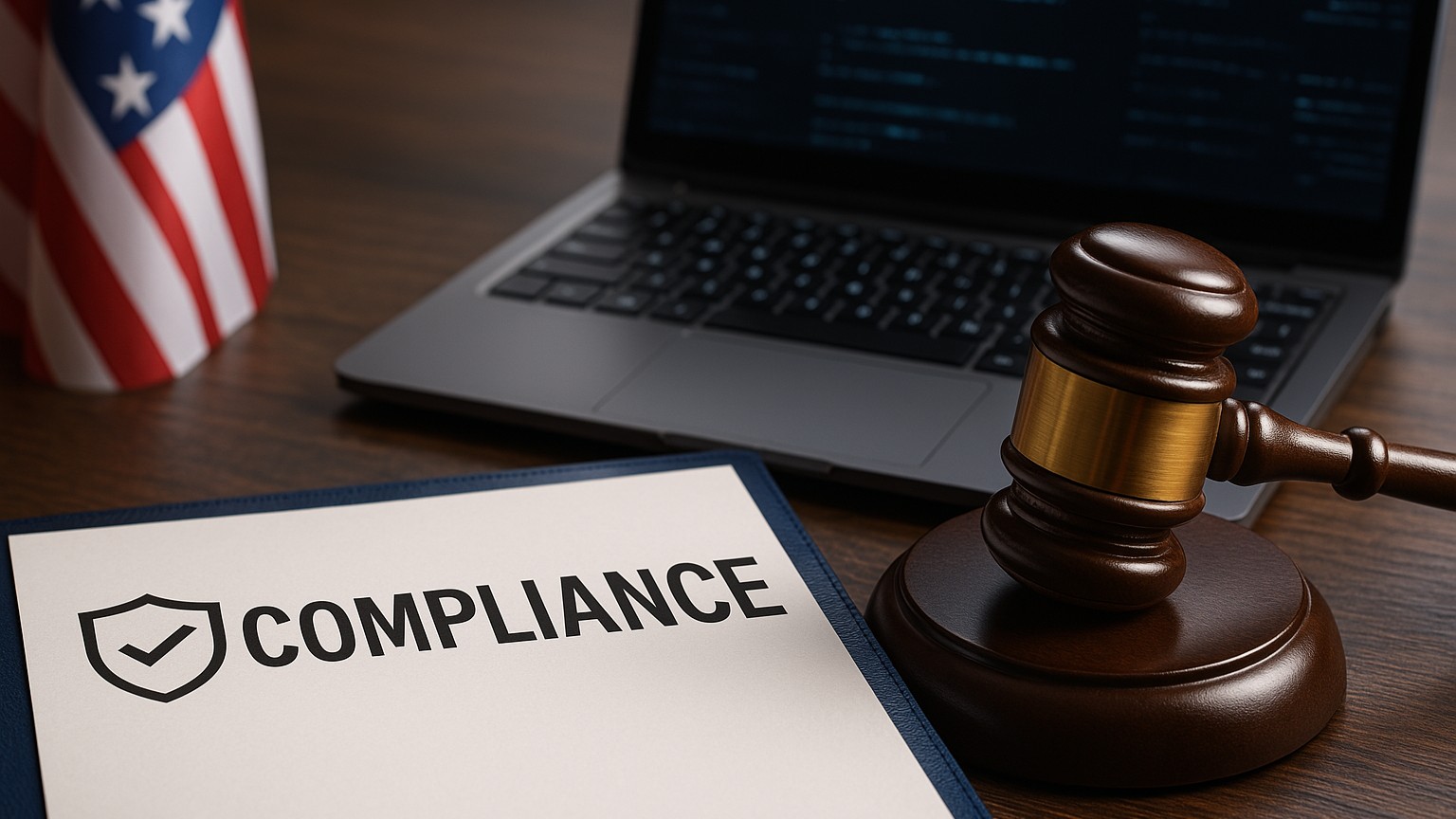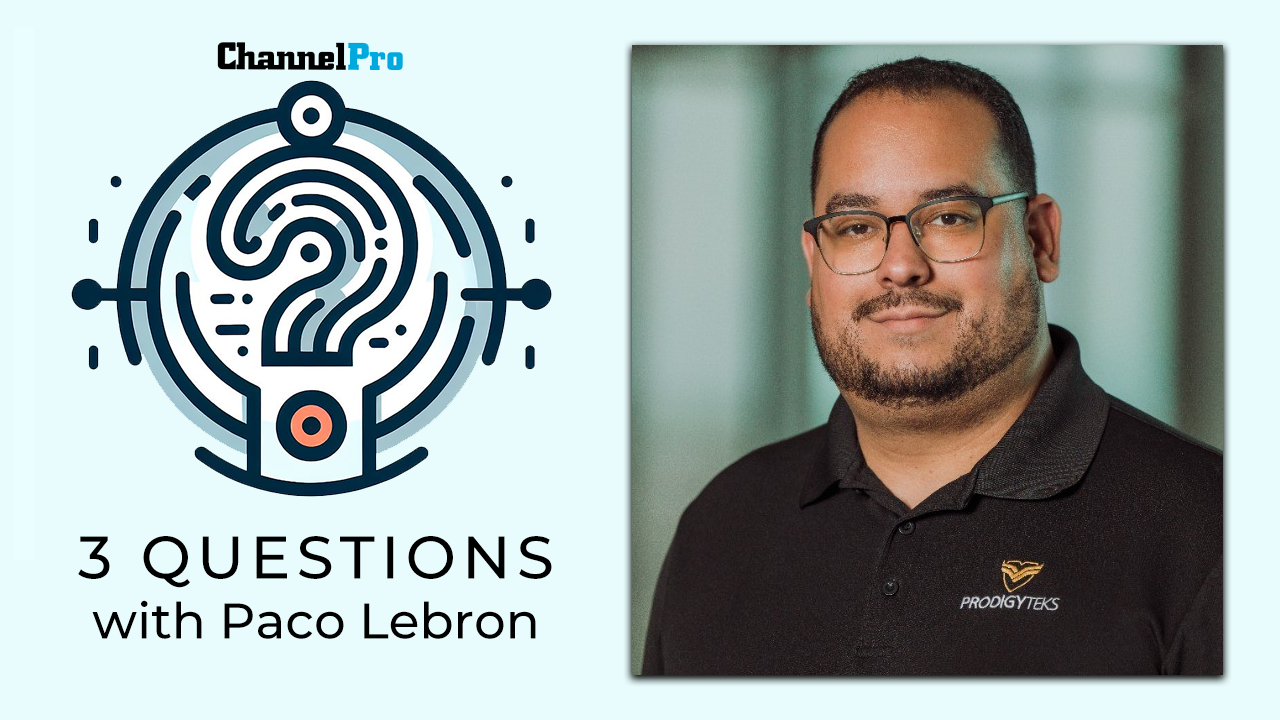ALLIES IN THE WORKPLACE are essential to inclusive cultures, creating positive experiences for others and advancing careers, experts say.
Choosing to be an ally to others involves aligning yourself with a cause that’s important to you, advocating for it, and being intentional about the outcome. Through a lens of diversity and inclusion, “we need allies to help others understand what the pathways have been like for historically marginalized groups and how to help those groups so they can achieve pay equity and better treatment in their respective environments,” says Susanne Tedrick, a technical trainer at Microsoft and author of Women of Color In Tech and Innovating For Diversity. “It’s a practice that evolves over time and everyone has to practice it at some point in their particular careers.”
It’s important to have allies who are leaders because a message will likely resonate more coming from them, Tedrick adds.

Susanne Tedrick
Technical Trainer
Microsoft
Allies have the ability to bring about change for marginalized groups by using their authority, power, or influence to interrupt the systemic and institutional dynamics that perpetuate inequities, says Yvette Steele, founder of DEI Insider, a resource for building more inclusive workplaces, and a vice president at SnapIT Solutions.
She points to the case of a midlevel finance manager who wanted to be on the strategic task force for a high-profile project but had no relationship with the decision makers. “An ally made an introduction that positioned her to articulate her value, and ultimately, landed her on the team. Acts of allyship can make the difference in getting what is needed or desired.”
How to Be an Ally
Allyship “is not a one-and-done act. Rather, it requires consistent and proactive actions over time,” stresses Steele, who is the author of Impactful Inclusion Toolkit: 52 Activities to Help You Learn and Practice Inclusion in the Workplace. There are some people who call themselves allies to marginalized groups because they may believe in diversity, equity, and inclusion, but if they are not intentionally doing something to improve someone’s experience, “you’re not bringing about change,” she stresses, “you’re just a self-proclaimed ally or advocate.”
And while symbolic gestures can raise awareness, Steele adds, they “can never drive change. Performative allyship is not allyship, but a fragile facade.”
If you want to be an ally, start by building relationships, Tedrick advises. People who need support from allies will feel more comfortable asking for help if they have a relationship with someone.
Importantly, she continues, allies must recognize their own blind spots. Tedrick points to an experience she had when hosting a live webinar on neurodiversity and workplace inclusion. One guest was in charge of a program that brings more neurodivergent or people with autism into the IT workforce, and the other was a cybersecurity expert who identifies as neurodivergent.
Tedrick was not prepared for what happened next: The cybersecurity expert was upset that the program leader was not neurodivergent herself and expressed that. As an ally who went into the webinar with the best of intentions, “I had my blind spots,” she acknowledges. She understood the woman’s anger, and “as an ally, I couldn’t deflect it.” In hindsight, Tedrick says she only looked at the topic “through one lens,” and had she known how the cybersecurity expert felt before participating in the panel discussion, “I would have been more mindful and careful about who I let on the panel.”
“Part of allyship is recognizing what you don’t know, where your blind spots are in terms of your understanding of others, owning that, and not depending on another person to give you that,” Tedrick says. Instead, “you’re very proactive and thoughtful about being better, because that’s honestly what it’s all about.”
Allyship, concludes Steele, “is an ongoing journey toward equity, inclusion, and justice for marginalized communities, thus, not only making the workplace better for all, but society as a whole.”
ESTHER SHEIN is a longtime freelance tech and business writer and editor.
Image: iStock















